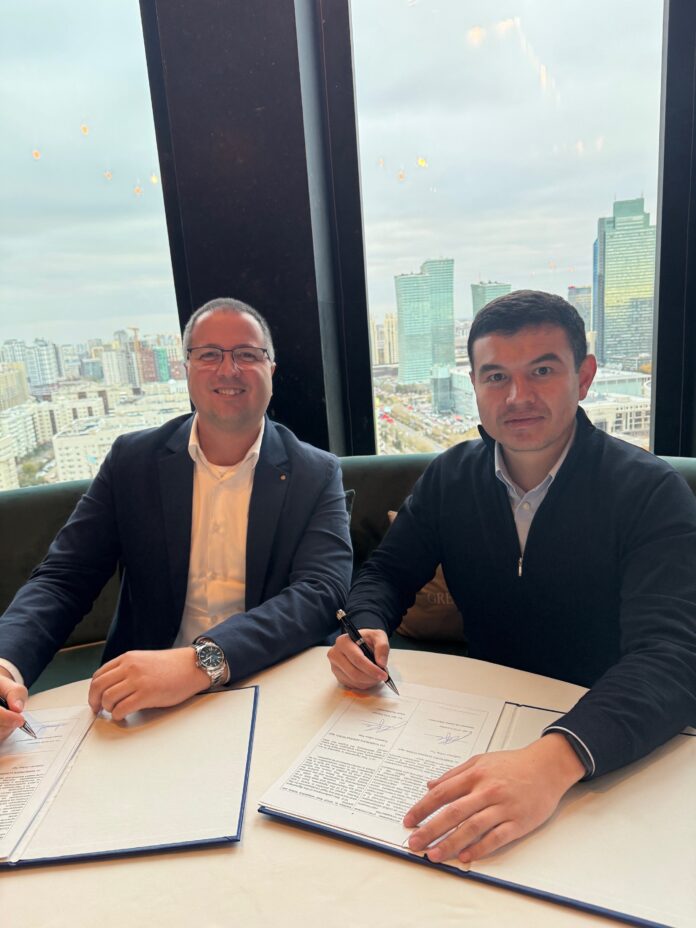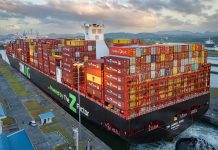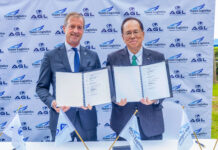
Waberer’s Group, listed in the Premium segment of the Budapest Stock Exchange, has signed a strategic cooperation agreement with KTZ Express, the international intermodal logistics subsidiary of Kazakhstan’s state railway company. The partnership aims to establish a joint venture to develop and operate an intermodal terminal in the Budapest region, which will serve as the European endpoint and logistics hub of the Trans-Caspian International Transport Route (Middle Corridor) – also known as the New Silk Road.
Under the agreement, the two companies will jointly manage container traffic from China to Europe. Waberer’s Group will oversee rail and road transportation within Europe, while KTZ Express will handle the Asian segment of the route.
This collaboration represents a major milestone in Waberer’s 2031 strategic plan, which focuses on expanding its rail logistics capabilities and diversifying its service portfolio. It follows the company’s 2024 acquisition of a majority stake in PSP Group and the signing of a strategic memorandum with GySEV CARGO, further reinforcing its intermodal growth strategy.
Kazakhstan, with its vast 2.7 million-square-kilometre territory, is a critical hub along the New Silk Road. KTZ Express continues to lead major infrastructure developments across Central Asia, handling hundreds of thousands of TEUs annually through the region’s growing rail and sea networks. The new Budapest terminal will serve as the westernmost consolidation point for these corridors, strengthening Europe-Asia trade connectivity.
Szabolcs Tóth, Deputy CEO for Strategy and Finance at Waberer’s, said:
“This partnership represents a historic opportunity not only for Waberer’s Group but also for Hungary. It positions our country as the European pillar of the New Silk Road and strengthens our role in global supply chains. The new terminal will create an intermodal hub capable of serving the whole of Europe, efficiently connecting goods to end users while advancing our integrated road, rail, and intermodal strategy.”





